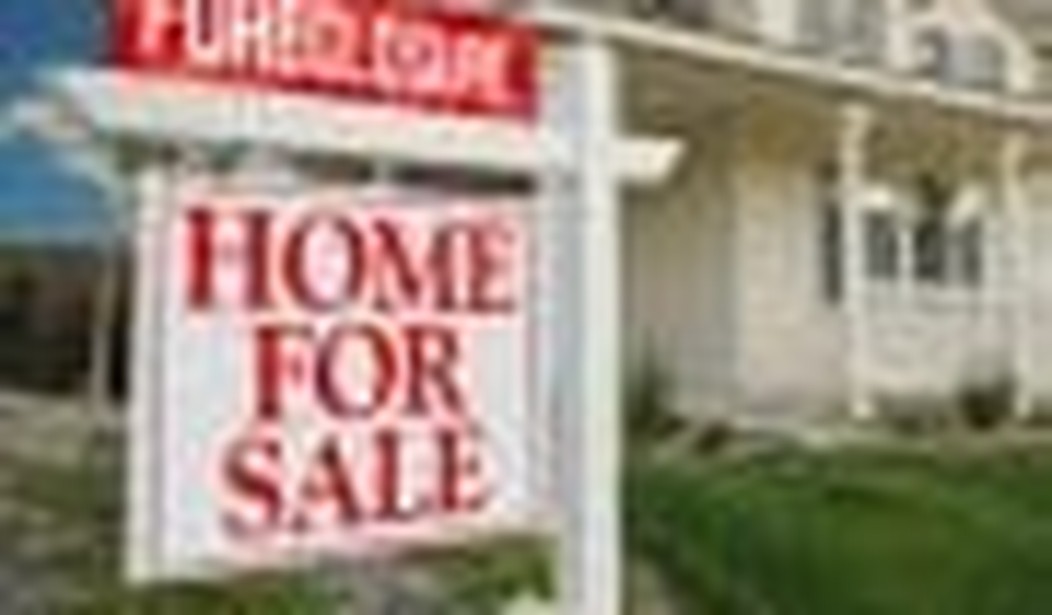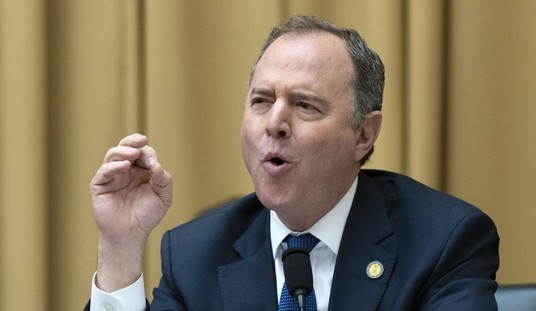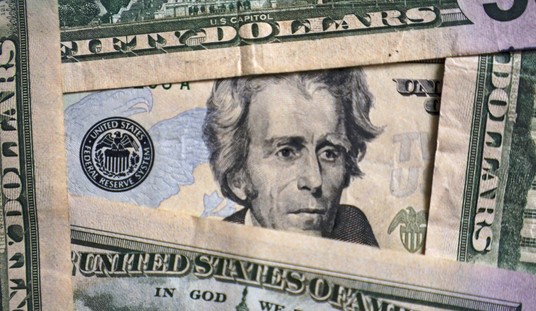Fannie Mae and Freddie Mac (Fan and Fred) contributed mightily to the mortgage and housing messes, which have now come back to bite them — and taxpayers — hard.
Given the week’s news, this USA Today item from 2006 drips with irony:
As Enron’s former top executives face criminal trial in Houston Monday, the legacy of Enron — the most sensational corporate fraud scandal in recent history — still ripples through the business world.
The company remains a symbol of corporate greed and hubris and one of the costliest U.S. bankruptcy reorganizations ever.
Gee, I wonder what that makes the government bailout of Fan and Fred?
Let there be no doubt: Enron was a fraud of massive proportions. Investor losses amounted to $60 billion or more. It rightly dominated the headlines for months.
But as this is being written early Tuesday morning in the U.S., it’s less than 72 hours after the government takeover of Fan and Fred. Incredibly, the story, with the exception of hosannas about the markets’ response, is virtually out of the headlines.
Yet Fan and Fred “hold or back more than $5 trillion in mortgage debt” and “taxpayers are now on the hook for as much as $200 billion.”
The ultimate taxpayer exposure can’t be estimated. Interest rate increases of even a point or two would radically reduce the mortgage portfolios’ value, and the full extent of their exposure to troubled and foreclosed loans is unclear. Further, the agony will be prolonged if the workout moves at the typical snail’s pace speed of government.
The contrast between the treatment of Enron and how the two “government-sponsored enterprises” (GSEs) have been handled thus far is stark.
Many Enron executives who inflated reported earnings and hid the company’s problems received prison sentences and had to forfeit assets. Previous Fan and Fred executives inflated earnings, paid themselves massive bonuses, and presided over historic accounting meltdowns — and got off nearly scot-free. The last batches of execs were given golden parachutes when they were removed over the weekend. Nice non-work, if you can get it.
Enron, like other U.S. companies listed on the major stock exchanges, was subject to the scrutiny, such as it was, of the Securities and Exchange Commission. Fan and Fred were specifically exempted from SEC registration and filing requirements (Fran registered voluntarily in 2004; Fred did so just a couple of months ago).
Enron led to the passage of Sarbanes-Oxley (Sarbox), which imposed onerous compliance and reporting requirements at publicly traded companies, along with potential personal liabilities on their executives. Sarbox may cause Fan and Fred’s board members to conclude that they can no longer serve without special exemption.
Is anyone surprised at how cynical so many are about their government and our governing elite?
The temptation to assign partisan blame will be irresistible. But for virtually every valid argument that Democrat-dominated Fan and Fred committed illegal or unethical acts, there will usually be a counterargument that a 12-year Republican congressional majority stood by and effectively enabled them — especially during the earlier part of this decade.
How the two GSEs acted to keep their perpetual motion machines running probably did more than anything else anyone did to bring on the explosive increase in foreclosures.
During the heyday of the home price run-up several years ago, I had a conversation with a mortgage broker I have known for many years. I questioned how aggressive mortgage lending practices were and how ridiculously easy it had become to get approved.
His response was that Fan and Fred had significantly lowered the standards built into the loan-approval programs lenders used to ensure that their mortgages would be bought by the two GSEs. Specifically:
- The credit score threshold for conventional mortgages, which had generally been 670 or more, dropped to about 630. In the real world, a score of 630 indicates that you’re having trouble with your debt load, paying your bills on time, or a little of both.
- More ominously, the credit score threshold for subprime mortgages, which had generally been 630 or more, fell to about 590. A score of 590 is the credit scoring equivalent of barely having a pulse.
A quick primer on credit scores is here.
You can see the huge impact of those moves by looking at the graphic at this myfico.com page:
- About 10%-12% of the population, people who formerly would have only qualified for subprime mortgage consideration, suddenly became eligible for conventional treatment.
- Far worse, another roughly 7%-9% of the population with awful credit records, most of whom had no business taking on a mortgage, now received subprime treatment.
No wonder loan activity boomed, followed by unprecedented defaults. In hindsight, the results we’re seeing today were an almost foregone conclusion. The way out will be a long, hard slog.
When will Washington ever learn that governments and their “clever” offshoots only make things much worse?









Join the conversation as a VIP Member